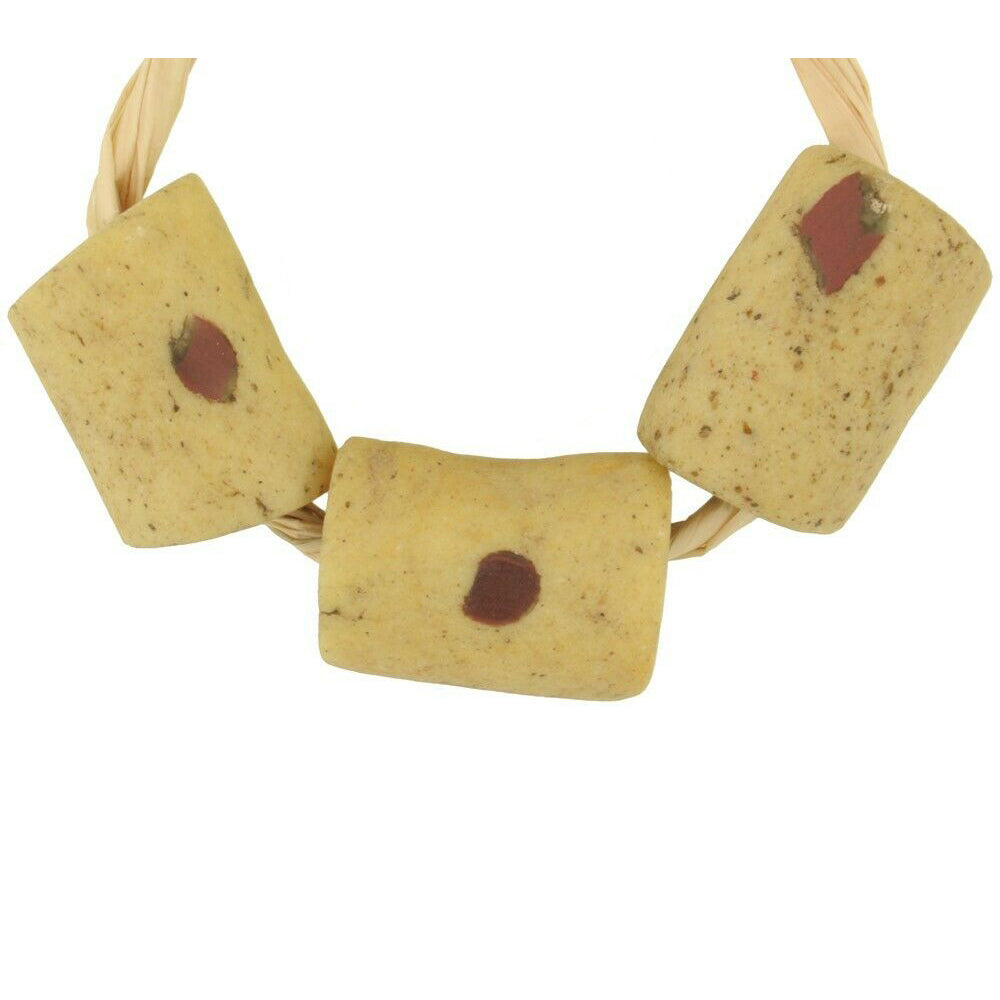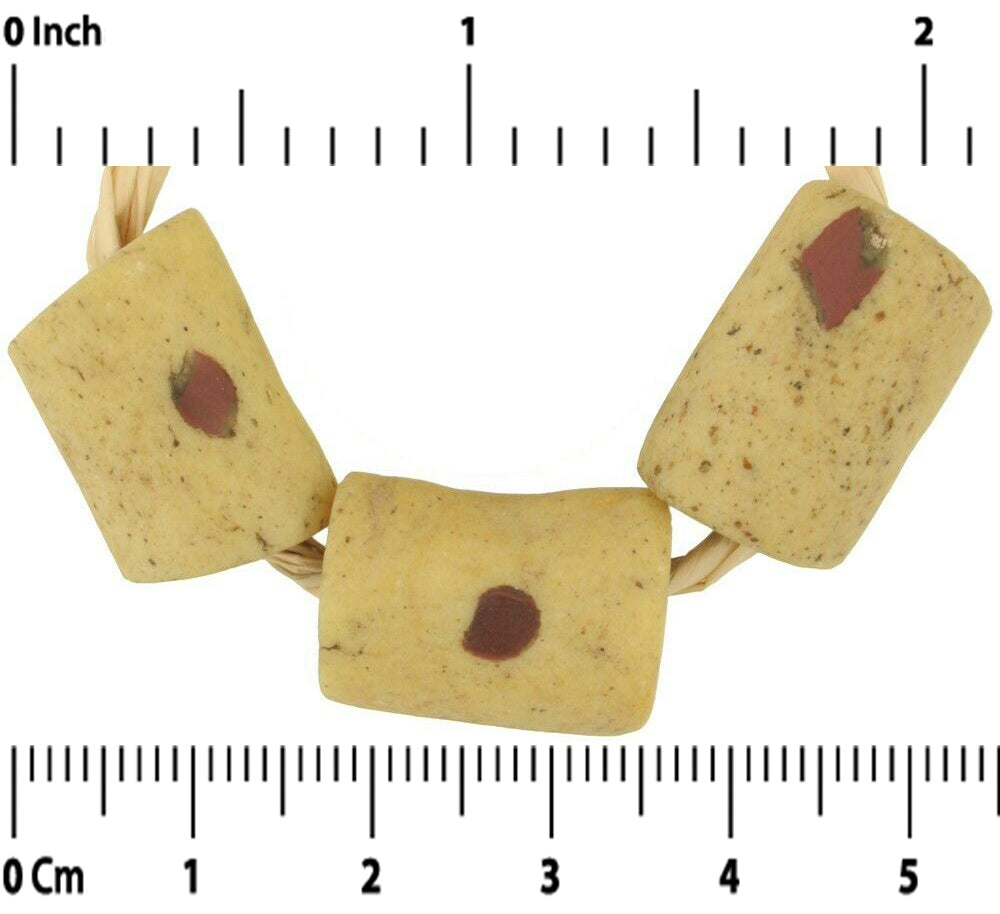Tribalgh
Rare Antique Akoso Powder Glass Beads – 19th‑Century Krobo Trade Jewelry
Rare Antique Akoso Powder Glass Beads – 19th‑Century Krobo Trade Jewelry
Item number:
SKU:SB-39560
Check shipping cost
Check shipping cost
Standard shipping cost for this item is $ 7.95
Insured "AIR MAIL" anywhere in the world.
Delivery time for Europe is 7-14 working days.
Delivery time for USA and the rest of the World is 14-21 working days.
We combine shipping on multiple purchases!
DHL option available for faster delivery ( 2 - 4 working days ) to all over the world.
During your checkout you will be able to see cost and select DHL option.
FREE upgrade to DHL for orders over $ 200
Couldn't load pickup availability
Rare Antique Akoso Powder Glass Trade Beads - Authentic Krobo Craftsmanship
Discover a pair of exquisite Old Ghana Powder Glass beads, also known as Akoso glass beads, with a stunning Venetian-style green heart inlay. These rare African trade treasures, dating from the late 1800s to early 1900s, showcase the unique artistry of the Krobo people of Ghana.
- Length: 17–18 mm
- Diameter: 11–12 mm
These matching beads are in excellent condition, free from major chips or cracks, making them a striking and valuable addition to any collection of African trade beads or powder glass jewelry.
During this period, Venetian beadmakers were so impressed that they created imitations of Krobo Akoso powder glass beads. However, nothing matches the authenticity and cultural depth of original Krobo craftsmanship.
Technique & Cultural Significance:
The craftsmanship behind these beads is deeply rooted in Krobo tradition. Artisans begin by grinding recycled glass into a fine powder, which is then shaped using clay molds. Intricate designs, such as the green heart inlay, are hand-applied before the beads are fired in small kiln pits. This labor-intensive, time-honored process results in beads with a beautifully matte finish and a rich cultural narrative.
These Old Akoso beads played a vital role in the African trade systems of the late 19th and early 20th centuries. As currencies and symbols of social status, they were exchanged across West Africa–a testament to the far-reaching influence of Krobo artistry. Today, they continue to be cherished as remarkable specimens of African cultural heritage.
Explore more unique treasures:
Share




